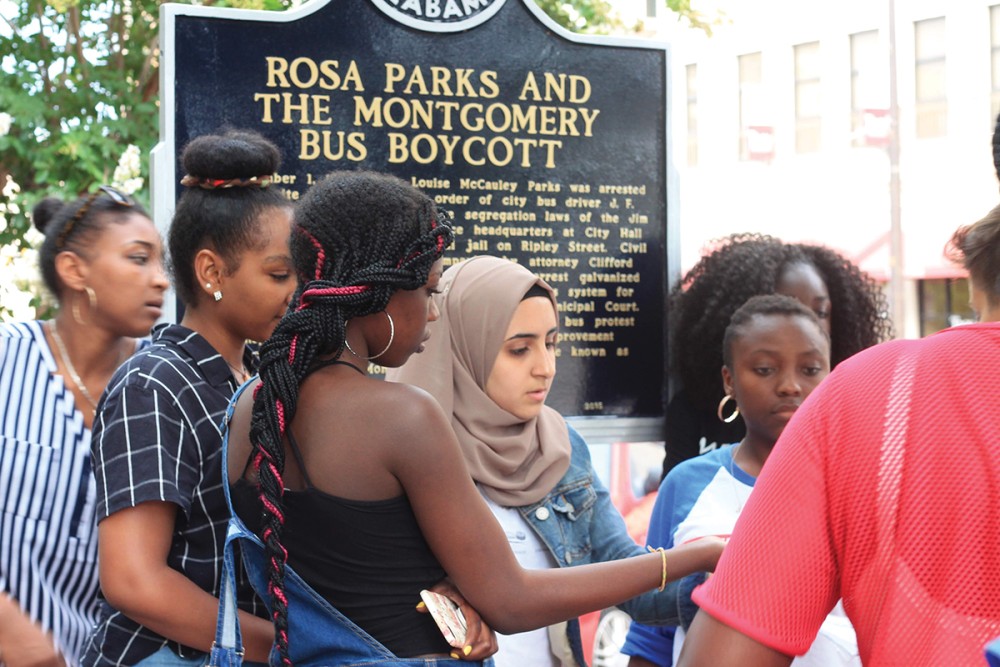A civil rights pilgrimage through the eyes of Congolese refugee teenagers
We began to understand why James Baldwin called US history “more beautiful and more terrible than anyone has ever said about it.”

“Some histories are brutal,” Gladys Mwilelo said. “Doing the beautiful takes forever.”
Two summers ago, my coworker Laurel and I, White women from the South, went on a civil rights pilgrimage with 12 young women who can’t go home, mostly Congolese teens who resettled in New Haven, Connecticut, with their families.
On the bus, Lola Mwilelo led us in singing “Freedom Is Coming,” a song from the anti-apartheid movement in South Africa, as we passed exits for cities where armed vigilantes still defend Confederate monuments. Lola’s sister Gladys told me what the song means to her, in light of their family’s experience as refugees. “You’re constantly promising yourselves that something brighter is coming,” she said. “You have to keep practicing.”




